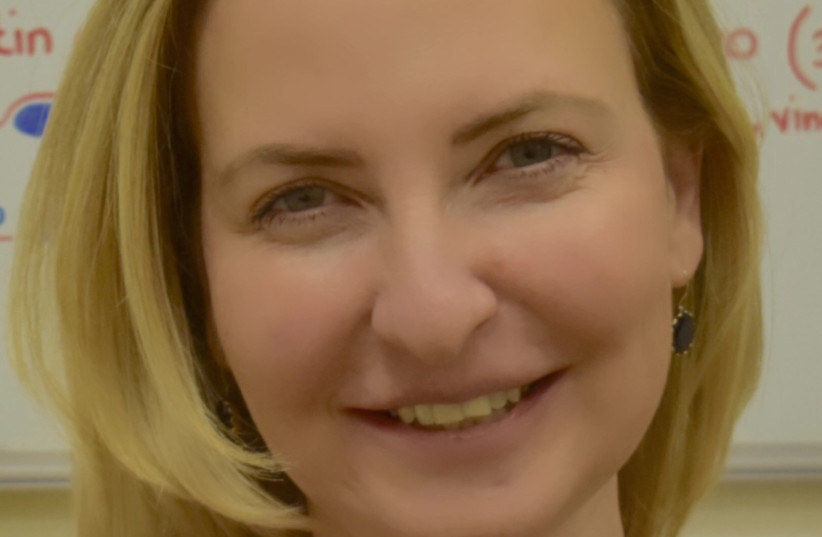An estimated 90% of deaths from breast cancer are due to complications resulting from metastasis – a process in which cancer cells break away from where they first formed, travel through the blood or lymph circulatory system and form new tumors in other parts of the body.
With no effective treatment to block this process, there is a need to target not only the primary tumor but also its metastatic potential when highly-invasive and/or advanced-stage breast cancer is diagnosed.
Cancer cells use feet-like protrusions called invadopodia to degrade underlying tissue, enter the bloodstream and form metastases in other organs. Four years ago, Dr. Hava Gil-Henn and researchers from the Azrieli Faculty of Medicine of Bar-Ilan University discovered two important clues about the formation of invadopodia: the cellular level of the proteins Pyk2 and cortactin increased when the cell entered its malignant phase, but when the cell lost its ability to produce Pyk2, no metastasis was observed.
In a recent study expanding on this finding, Gil-Henn and Prof. Jordan Chill of BIU’s chemistry department described the distinctive nature of the interaction between these proteins and showed that it is necessary for the formation of cancer cells that metastasize. They also determined the mechanism in which the cortactin-Pyk2 interaction affects the formation of the “feet” and defined the structure of the complex between these two proteins.
The findings of the research team, which also included Dr. Shams Twafra and Dr. Chana Sokolik, has just been published in the journal Oncogene under the title “A novel Pyk2-derived peptide inhibits invadopodia-mediated breast cancer metastasis.”

Cellular and structural biology
The combination of cellular biology (discovering the two proteins and showing that we can effectively block metastasis) and structural biology (the how and why of this binding event) brings science very close to fighting breast cancer in a way not possible before. The researchers hope that this advancement will lead to the development of a drug that inhibits metastasis formation and will become part of the therapeutic approaches available to improve survival chances and quality of life of patients diagnosed with invasive breast cancer and other metastatic cancers.
THE RESEARCHERS defined the precise segment of the protein involved in the interaction between the proteins. The small segment, known as a peptide, was synthesized in the lab and administered to mice that had breast cancer. The synthesized peptide successfully competed with the natural Pyk2 protein for the “attention” of cortactin and essentially blocked Pyk2’s access to it. This inhibited the formation of the feet-like invadopodia and, as a result, the lungs of the mice remained much healthier, with very few if any metastases.
“We were very excited to see that the idea to use the Pyk2-binding motif to cortactin as an inhibitor for invadopodia worked in vivo quite well,” said Gil-Henn. “This served to prove the clinical potential of inhibiting the newly-discovered interaction.”
Small tools accomplish big things

Chill, who specializes in determining the three-dimensional structure of proteins, joined the research team to find out how the peptide blocks metastasis. “The process of developing a successful drug from an inhibiting peptide is extremely demanding and is almost impossible to complete without a structural view of the complex between the peptide and its target, in this case cortactin,” he declared.
Gil-Henn and Chill are now working to transform the peptide into a better drug candidate – testing different sequences of amino acids to produce a product that will provide a stronger and more specific binding at the target site of cortactin.
